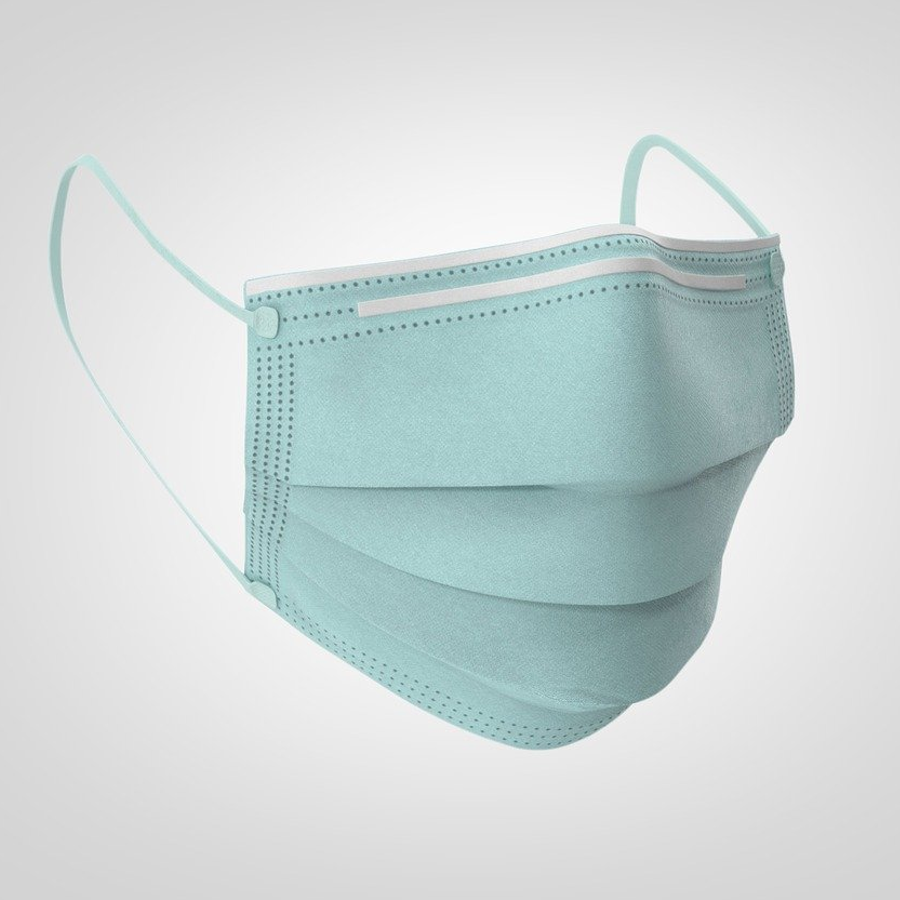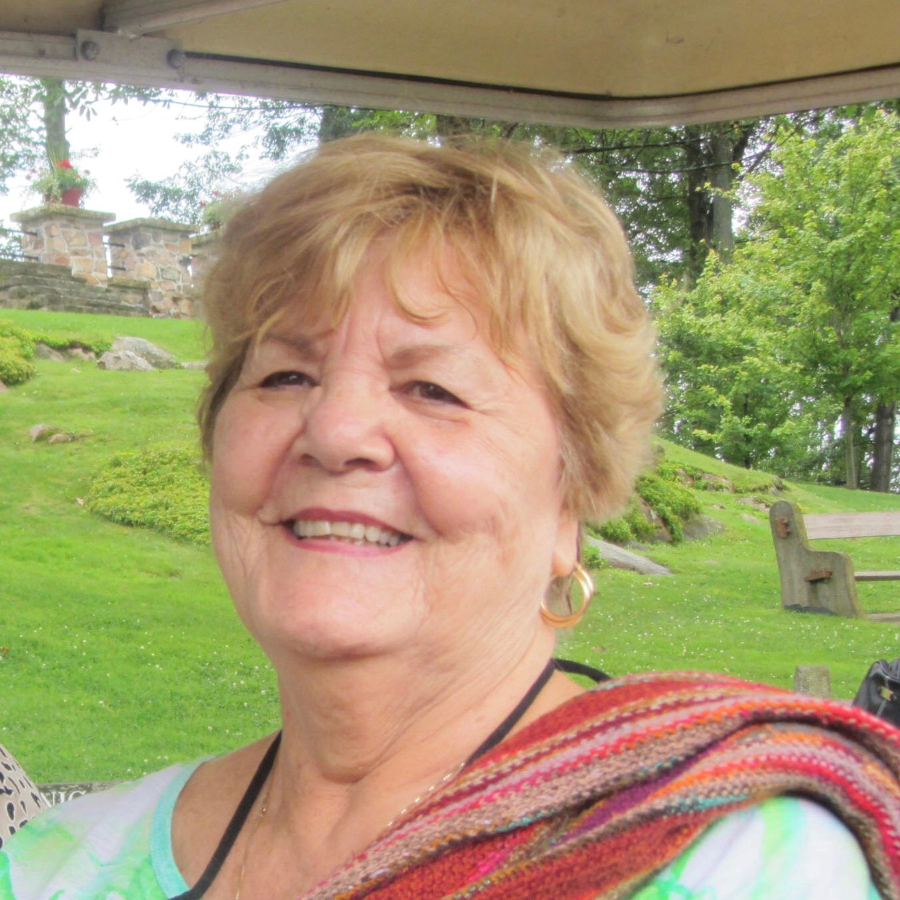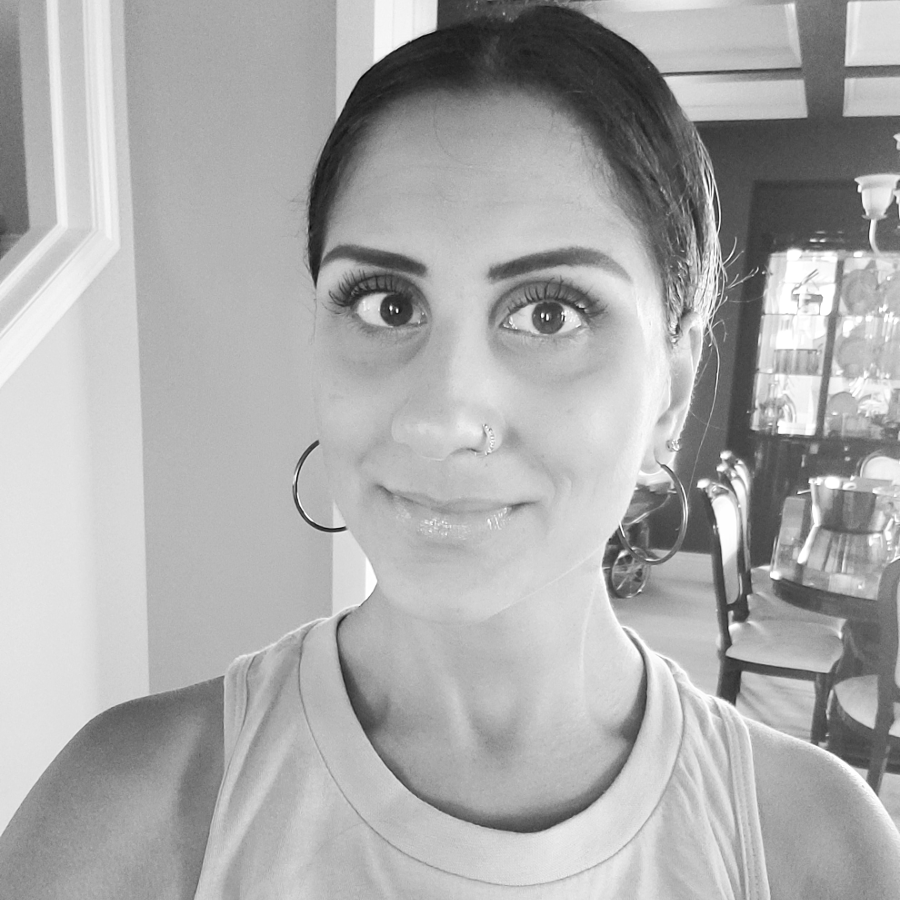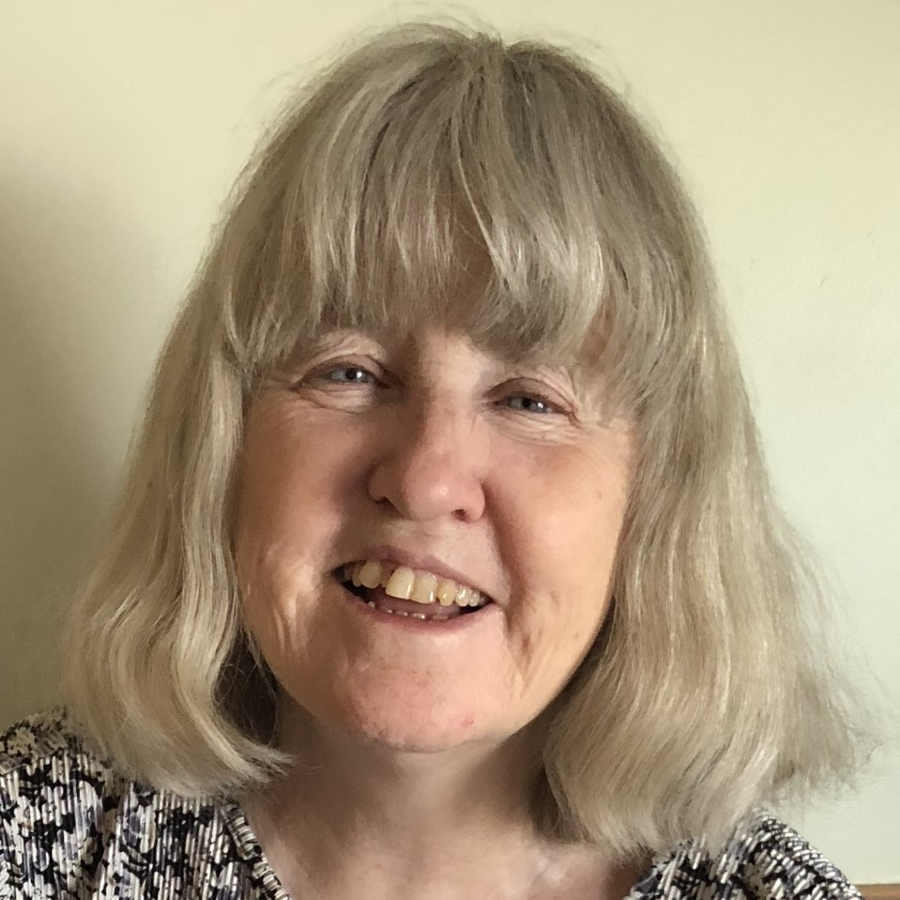How do you document a year in lockdown? When COVID-19 stay-at-home orders were imposed in Canada, we asked CNIB program participants to share their 'behind the mask' stories.
Here is a collection of short works of fiction, journal entries, personal essays and poems that highlight the perspectives of Canadians with sight loss in relation to the pandemic.
Listen to their creative observations and reflections.
Carrie, ON.

Carrie’s essay expresses her gratitude for the support of family, technology and community in helping to navigate the challenges of pandemic life as a Canadian with sight loss.
Carrie's essay was recorded by her sister, Sarah.
Claire, ON.
 Without shying away from troubling topics during these difficult days, Claire’s poem carries an underlying message of hope, strength and joy. In addition to writing poetry, Claire has self-published her memoirs, documenting her girlhood in the Ottawa Valley.
Without shying away from troubling topics during these difficult days, Claire’s poem carries an underlying message of hope, strength and joy. In addition to writing poetry, Claire has self-published her memoirs, documenting her girlhood in the Ottawa Valley.
Here is Claire reading her poem, Another Day.
Joan, ON.

Joan is an artist and writer who has lived and worked in Toronto and Thornhill, Ontario, and Quebec's Eastern Townships. She currently lives and works in Thornbury, Ontario. For many years she sought to combine her paintings, drawings, and small pen and pencil sketches, with essays dating back to the early seventies, still relevant, she thinks, to life today. For ‘Behind the Mask,’ Joan shared a selection of personal journal entries.
Joan’s journal entries were recorded by CNIB Recording Studio volunteer narrator, Faline Bobier.
Megan, ON.
 Asked to write a piece about COVID-19 for her high school newsletter, Megan has crafted this short, dark fictional story. In ‘Mommy Was Good at Granting Wishes,’ she channels her own feelings about the virus and pandemic through the perspective of a six-year-old child.
Asked to write a piece about COVID-19 for her high school newsletter, Megan has crafted this short, dark fictional story. In ‘Mommy Was Good at Granting Wishes,’ she channels her own feelings about the virus and pandemic through the perspective of a six-year-old child.
Megan's short story was recorded by CNIB Recording Studio volunteer narrator, Sondra Bolton.
PeaceOfAPuzzle, ON.

PeaceOfAPuzzle is the pseudonym of a CNIB participant who was very active in the CNIB Virtual Writer's Group in the fall. A passionate volunteer and advocate, this story documents how the COVID-19 pandemic has impacted her life.
PeaceOfAPuzzle's short story was recorded by CNIB Recording Studio volunteer narrator, Heidi Tsao.
Sara, B.C.

At the start of the pandemic, Sara chose to live her life with love and gratitude rather than fear and anxiety. Taking advantage of this temporary reprieve from the hustle and bustle of her busy life, she set herself some new goals and was rewarded with positive results.
Here is Sara reading her essay from April 2020.
Tomeko, ON.

Tomeko is a single mom living in the east end of Toronto. Her fictional short story 'Treasure's Prayer,' captures the perspective of a mother and her young daughter as they use their faith and love for one another to face the challenges of the pandemic.
Tomeko's story was recorded by CNIB Recording Studio volunteer narrator, Dana Hopkins.
Wendy, Alta.
 Wendy is a member of Storytelling Alberta. A counselling psychologist by profession, she is the author of The Hope Lady blog and creator of the Story Wednesday Pandemic project. We were fortunate to have her as a member of the CNIB Virtual Writer’s Circle in the fall. For ‘Behind the Mask,' Wendy documented her mid-pandemic interaction with a medical professional. When it comes to communicating through facial expressions, what is gained or lost due to the barrier of the mask?
Wendy is a member of Storytelling Alberta. A counselling psychologist by profession, she is the author of The Hope Lady blog and creator of the Story Wednesday Pandemic project. We were fortunate to have her as a member of the CNIB Virtual Writer’s Circle in the fall. For ‘Behind the Mask,' Wendy documented her mid-pandemic interaction with a medical professional. When it comes to communicating through facial expressions, what is gained or lost due to the barrier of the mask?
